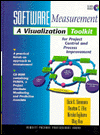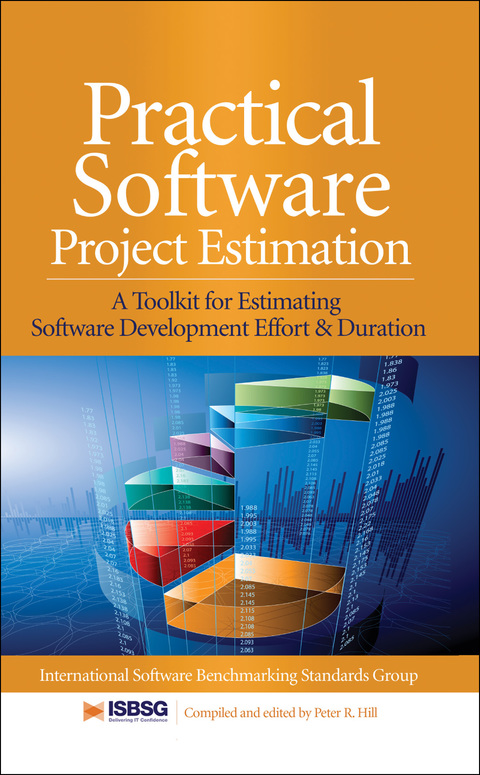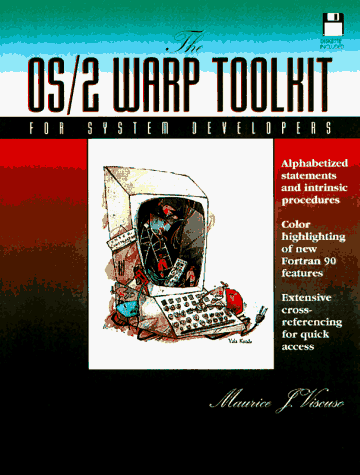Software Measurement: A Visualization Toolkit for Project Control and Process Improvement (Hewlett-Packard Professional Books)
Ellis, Newton C.
Fujihara, Hiroko
Kuo, Way
PAMPA is Project Attribute Monitoring and Prediction Associate, a powerful on-line tool for gathering data and measuring, predicting, and tracking the objects, attributes, and relationships at the heart of software development. With PAMPA you can increase customer satisfaction, improve productivity, reduce defects, and decrease costs. The key is visualization. PAMPA gives form to the concepts and metrics that many developers have considered not merely invisible, but unvisualizable. Using the techniques explained in Software Measurement, you can use PAMPA to gain control over the parallel cycles of project control and process improvement. Software Measurement will be a valuable asset for software developers, team leaders, and project managers, as well as students of software engineering, and anyone involved in software metrics and process improvement.
Thisis a software development publication that focuses on metric driven process improvement and data visualization with the use of the Project Attribute Monitoring and Prediction Associate (PAMPA), a data gathering and visualization tool. This visualization tool is not dependent an any specific type of software project, but uses object classes for "...describing an arbitrary software development project." The authors discuss concepts and issues of software process visualization, quality standards and systems, project failures and successes due to data visualization. The authors then define and describe object classes and discuss the software life cycle. The publication emphasizes metrics and models, with specific descriptions of metric components, code rework and reuse. The models contain a very interesting predictive feature, they use new and recycled code to predict the amount of new code for any arbitrary software project. The models themselves range from 'single cost drivers,' to complex and composite, and involve project time estimation and development schedule compression. Effort and volume models also allow you to predict productivity. The models are further expanded to include efficiency, work breakdown structures, communications and number of team members to measure effects on productivity. The authors also examine well-known stochastic and non-stochastic models of known reliability, then discuss reliability, software validation and usability issues.
| Name in long format: | Software Measurement: A Visualization Toolkit for Project Control and Process Improvement (Hewlett-Packard Professional Books) |
|---|---|
| ISBN-10: | 0138406952 |
| ISBN-13: | 9780138406950 |
| Book pages: | 442 |
| Book language: | en |
| Edition: | 1 |
| Binding: | Hardcover |
| Publisher: | Prentice Hall |
| Dimensions: | Height: 10 Inches, Length: 7.5 Inches, Weight: 2.42288025938 Pounds, Width: 1.5 Inches |





















